Overview
Pocket knives have a rich history spanning thousands of years, evolving from ancient tools to modern multi-functional devices. This blog explores their origins, cultural significance, and design advancements, highlighting the importance of quality and craftsmanship in choosing the right knife. It also touches on their role in popular culture and the community of collectors dedicated to preserving the art of knife-making.
Frequently Asked Questions
1. What are pocket knives used for?
2. What is the origin of pocket knives?
3. How did pocket knives evolve during the medieval era?
4. What are some modern trends in pocket knife design?
5. Why should one consider quality when selecting a pocket knife?
Pocket knives have been cherished tools throughout history, serving a multitude of practical purposes while also reflecting cultural significance and artistry across different societies. In this blog, we dive into the captivating journey of pocket knives around the world, their origins, evolution, and their role in various cultures. Join us as we uncover how these compact tools became essential companions for adventurers, craftsmen, and everyday individuals alike.
The Origins of Pocket Knives
The history of pocket knives can be traced back thousands of years. The first knives were blunt tools made from flint and later evolved into metal blades as craftsmanship advanced. Early civilizations, including the Egyptians and Greeks, utilized knives for various practical uses, which laid the groundwork for what would eventually lead to the modern pocket knife.
Ancient Civilizations and Their Blades
In ancient Egypt, knives were primarily used for cutting food, hunting, and ceremonial purposes. These simple blades often featured ornate designs, symbolizing power and craftsmanship. The Greeks adopted a more sophisticated approach, creating folding knives with decorative hilts. While these blades were not entirely pocket-sized, they marked the beginning of the folding knife concept.
The Medieval Era: The Rise of Folding Knives
As society evolved into the medieval era, the demand for more versatile tools led to the development of folding knives. This innovation allowed blades to be conveniently stored and carried, making them popular among travelers, tradesmen, and soldiers. The folding mechanism not only enhanced safety by protecting the blade but also made it easier to carry these tools in pockets or belts.
European Craftsmanship and the Birth of Classic Designs
During the 15th and 16th centuries, European craftsmen began to produce folding knives of exceptional quality. The renowned Swiss and German knife makers have left a significant mark on pocket knife history with their focus on functionality and aesthetics. The Swiss Army Knife, a modern-day icon, traces its roots to this period when the practicality of a multi-tool was first realized.
Pocket Knives in Different Cultures
The evolution of pocket knives is not limited to Europe. Various cultures around the world have adapted and embraced the folding knife format, including in Asia, North America, and beyond. Each culture brought its unique flair, techniques, and uses for these remarkable tools.
Asian Adaptations: The Art of Custom Knives
In Asia, particularly Japan, folding knives have been revered both as practical tools and as pieces of exquisite craftsmanship. The traditional Japanese knife-making technique focuses on hardening the blade while ensuring flexibility. This duality is essential for the traditional Japanese knives known as "hōchō," which serve culinary purposes and often feature intricate designs. The use of pocket knives quickly became more widespread in Japanese society as they adapted to various needs.
North America: The Pioneer Pocket Knife
As European settlers moved to North America, they brought with them the folding knife design, which became increasingly indispensable in frontier life. The American pocket knife represents a unique blend of European styles and Native American craftsmanship. This era saw the rise of tools like the Buck knife, which became deeply ingrained within the culture as essential for everyday survival, trade, and craftsmanship.
The Industrial Revolution: Transforming Pocket Knife Production
The Industrial Revolution marked a turning point for the production of pocket knives. The introduction of mass manufacturing techniques allowed for broader accessibility and affordability, bringing pocket knives into the hands of everyday consumers.
Advancements in Material and Design
With the advent of new materials such as stainless steel, plastic, and synthetic handles, designers were able to create lightweight, durable, and aesthetically pleasing pocket knives. The introduction of automated processes facilitated the mass production of these tools, fostering innovation in both design and functionality. Pocket knives were no longer merely tools for artisans; they became lifestyle products embraced by outdoor enthusiasts, collectors, and those who appreciate craftsmanship.
The Modern Era: Pocket Knives Today
In the 21st century, pocket knives continue to evolve, with a wide variety of designs and functionalities catering to diverse needs and preferences. Today’s pocket knives are equipped with multiple tools and features that extend their utility. From minimalistic designs to advanced multi-tools, these compact companions have become symbols of preparedness and versatility.
Popular Trends in Pocket Knife Design
- Materials: Modern pocket knives often utilize high-quality stainless steel for blades and durable synthetic materials for handles, ensuring longevity and effective performance.
- Multi-functionality: The incorporation of various tools such as pliers, screwdrivers, and bottle openers makes the modern pocket knife an essential companion for outdoor enthusiasts and DIYers alike.
- Customizability: Many brands allow for personalized designs, enabling users to curate a pocket knife that reflects their style and preferences.
- Compactness: As lifestyles have changed, pocket knives have become sleeker and more compact, allowing for easy portability and convenience.
Choosing the Right Pocket Knife
With a plethora of options available, selecting the right pocket knife can be a daunting task. Here are a few factors to consider when making your choice:
Purpose
Understanding the primary use you'll want from your pocket knife is crucial. Are you looking for a practical tool for everyday use, a collector’s item, or a survival tool for outdoor adventures? Each purpose may require different features and designs.
Material and Durability
Quality materials are vital for a reliable pocket knife. Look for blades made of high-carbon stainless steel for excellent edge retention and rust resistance. The handle materials also play a role in durability and comfort.
Size and Weight
Consider how you will carry the pocket knife. A lightweight and compact knife may be more suitable for everyday carry, whereas a larger multifunctional tool may serve better in outdoor environments.
Legal Considerations
Before purchasing a pocket knife, familiarize yourself with local laws and regulations regarding knife sizes and types. Some regions have legal restrictions on blade length and knife features.
The Pocket Knife in Popular Culture
The pocket knife has earned itself a notable place in various cultural references, from literature to film. They often symbolize self-reliance, craftsmanship, and adventure. One iconic portrayal is found in outdoor adventure films, where the protagonist goes on a thrilling journey, relying on their trusty pocket knife for survival.
Collecting Pocket Knives
For many, pocket knives are not just tools but collectibles. The thrill of hunting down rare models and vintage designs is a hobby that brings enthusiasts together across the globe. Knife shows, online forums, and collector groups provide a platform for sharing knowledge and passion. It’s a community that thrives on appreciation for craftsmanship and history.
Preserving the Art of Pocket Knife Making
The traditional art of making pocket knives is not lost. Numerous artisans continue to practice age-old techniques, handcrafting knives that combine modern functionality with classic design elements. Supporting local craftsmen and artisans not only keeps the tradition alive but provides unique pieces with rich narratives.
Investing in Quality
When it comes to pocket knives, investing in quality can mean the difference between a tool that serves you faithfully for years and one that falls short of expectations. Choosing an artisan-made knife guarantees durability, craftsmanship, and an appreciation for the art behind each piece.
Unlocking the Journey Ahead
The journey of pocket knives throughout history offers a fascinating glimpse into human ingenuity and cultural expression. From ancient tools to modern-day multi-functional devices, pocket knives have adapted, reflecting changing needs and values. As we continue to explore the world of pocket knives, we celebrate not just their durability and practicality but also the craftsmanship and traditions that define their legacy. The next time you reach for your pocket knife, take a moment to reflect on the remarkable history that lies behind this humble yet essential tool. Equip yourself with a companion that is steeped in tradition, innovation, and the promise of adventure.








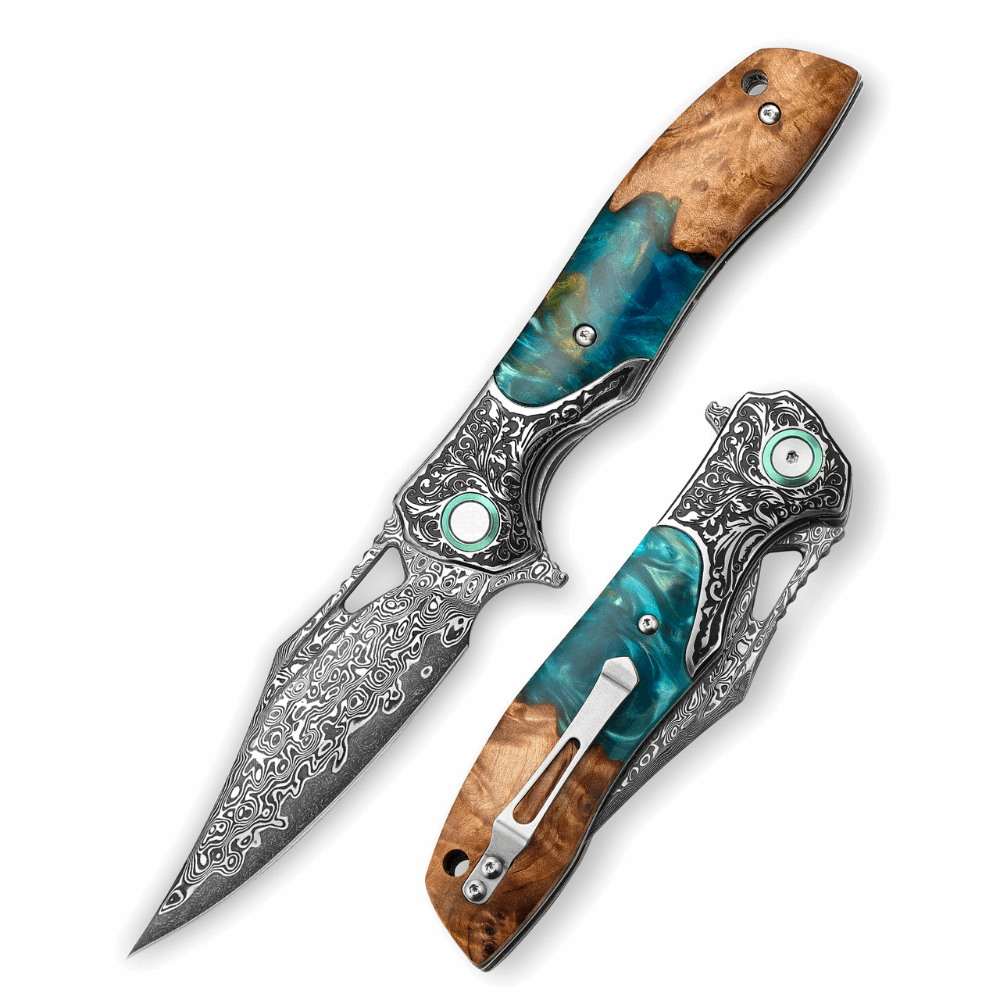
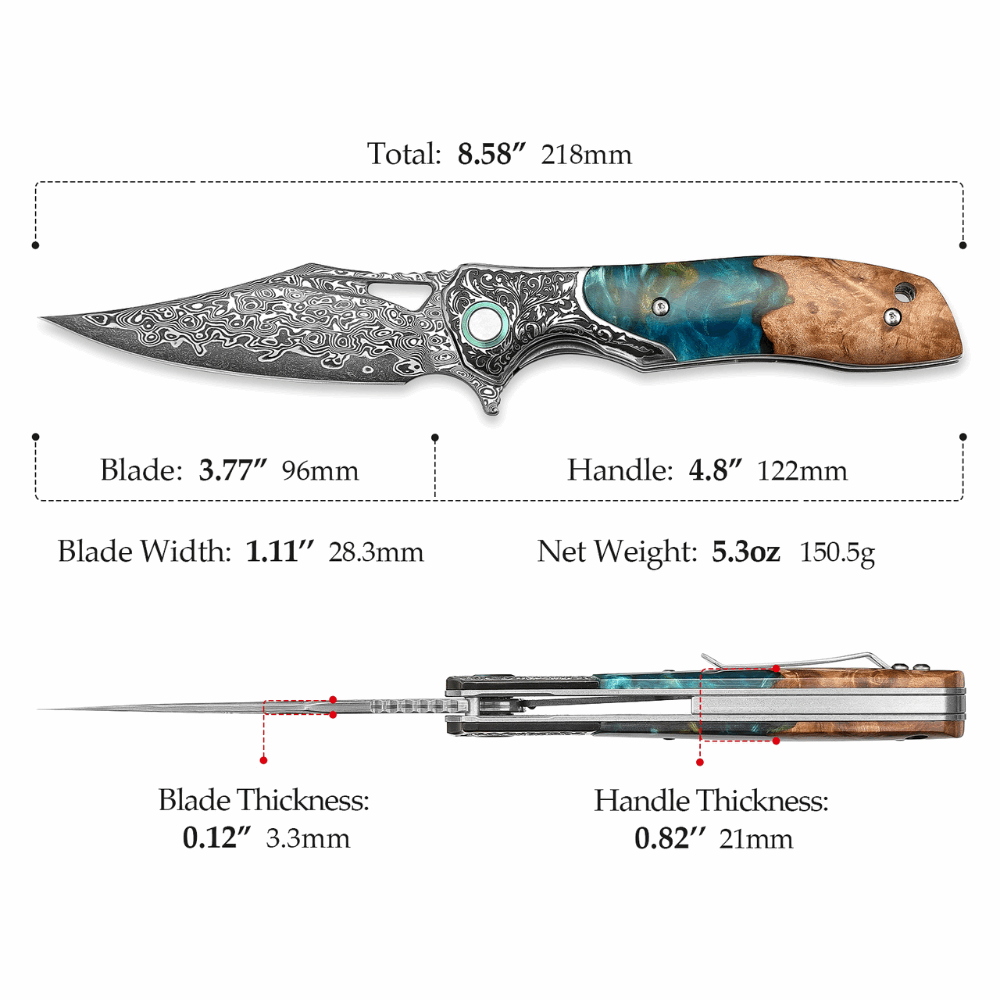
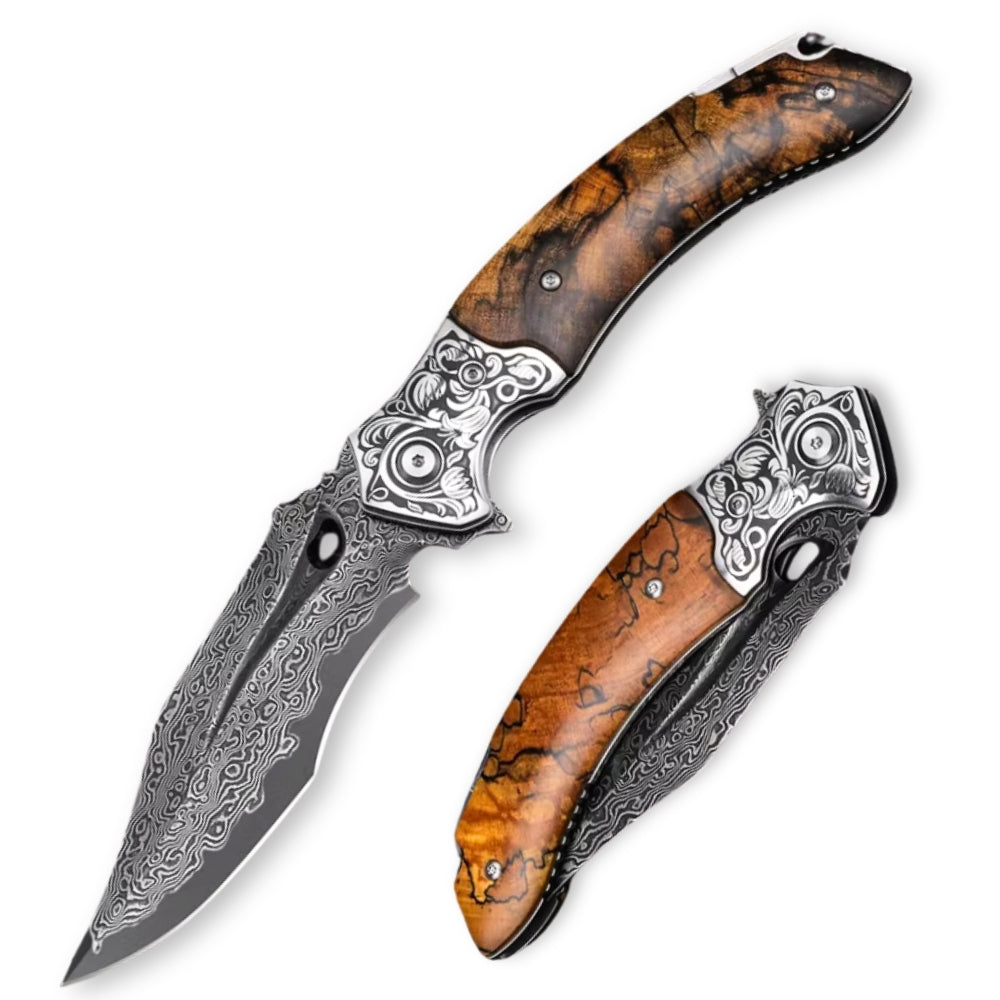
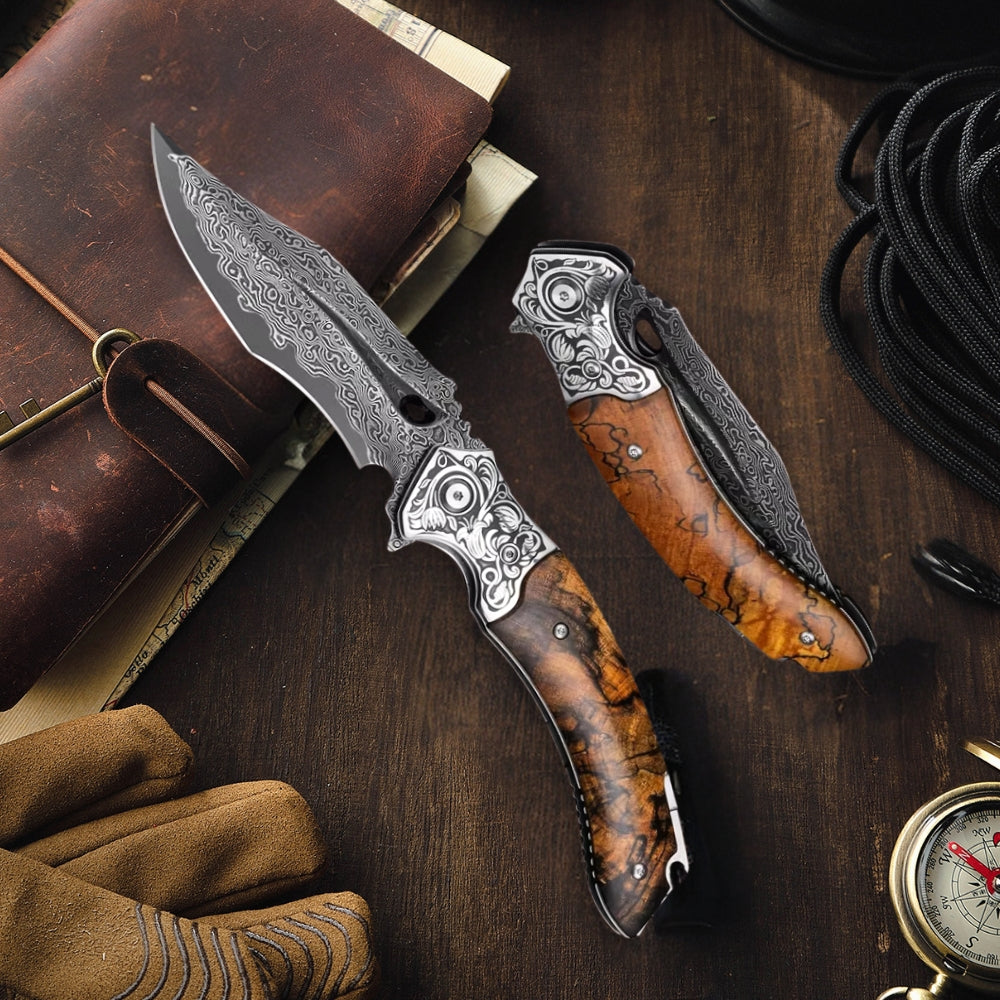
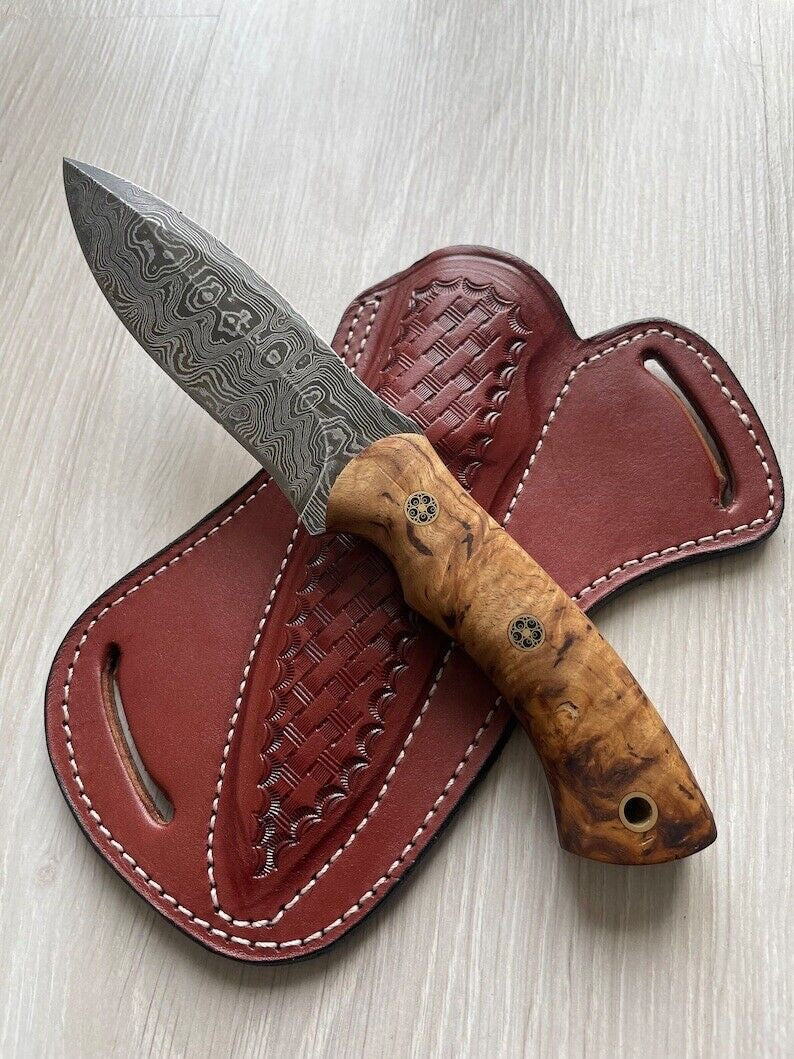
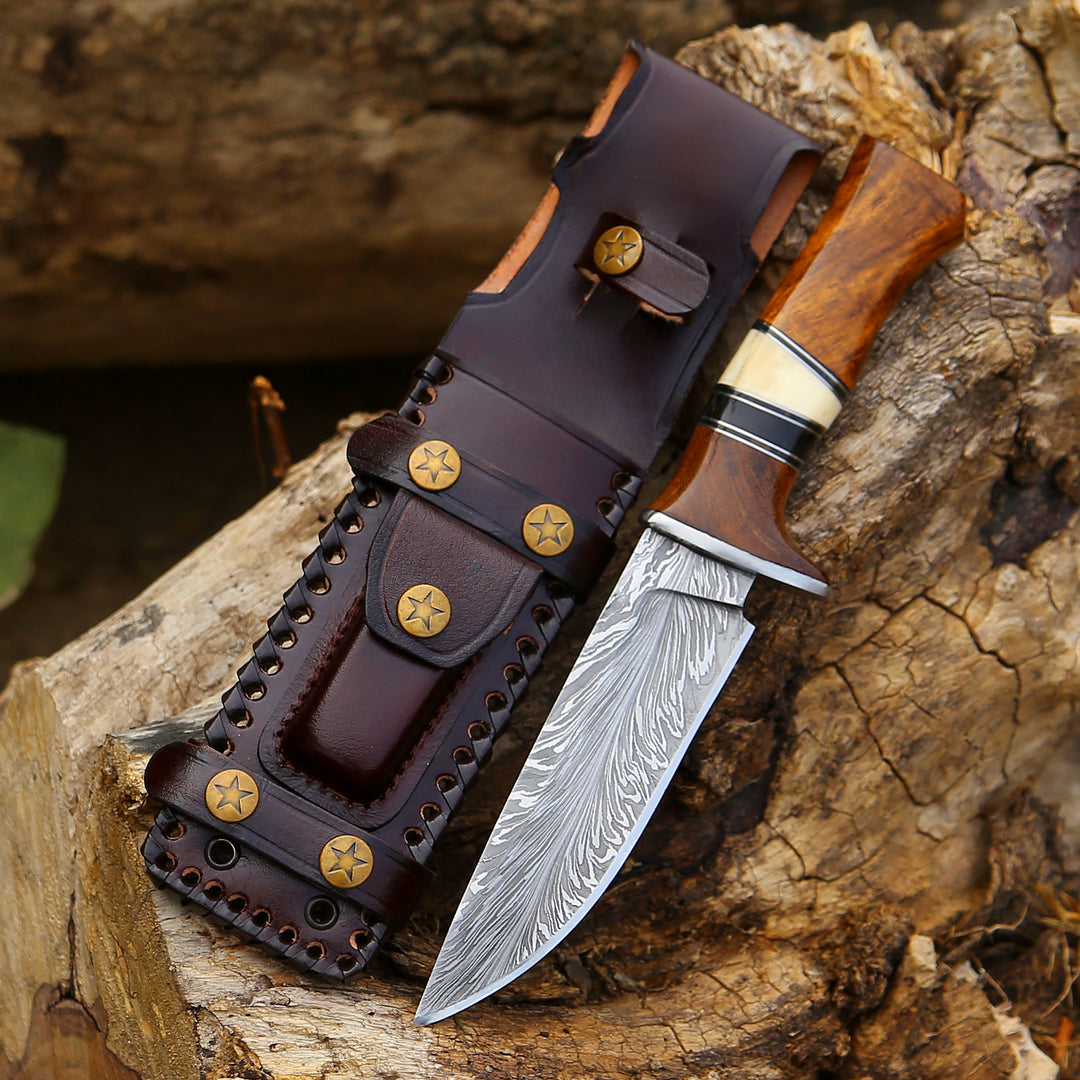
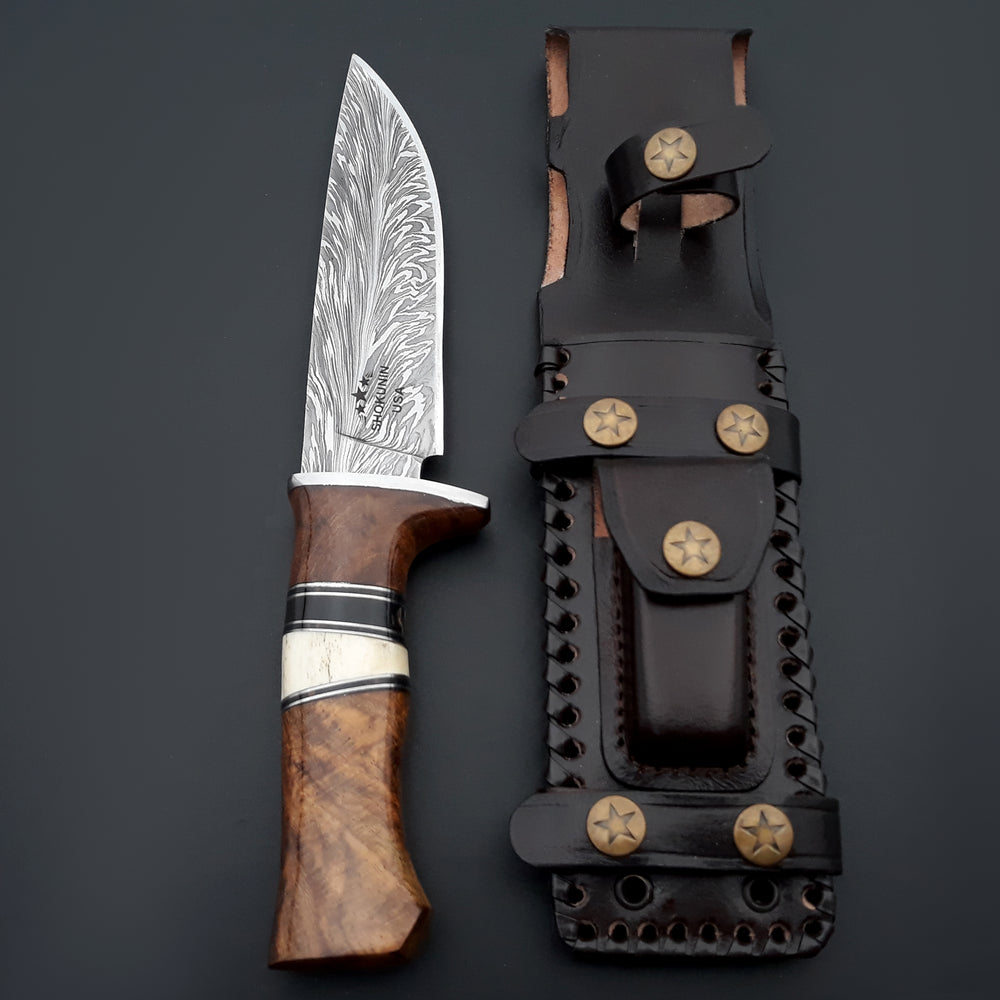
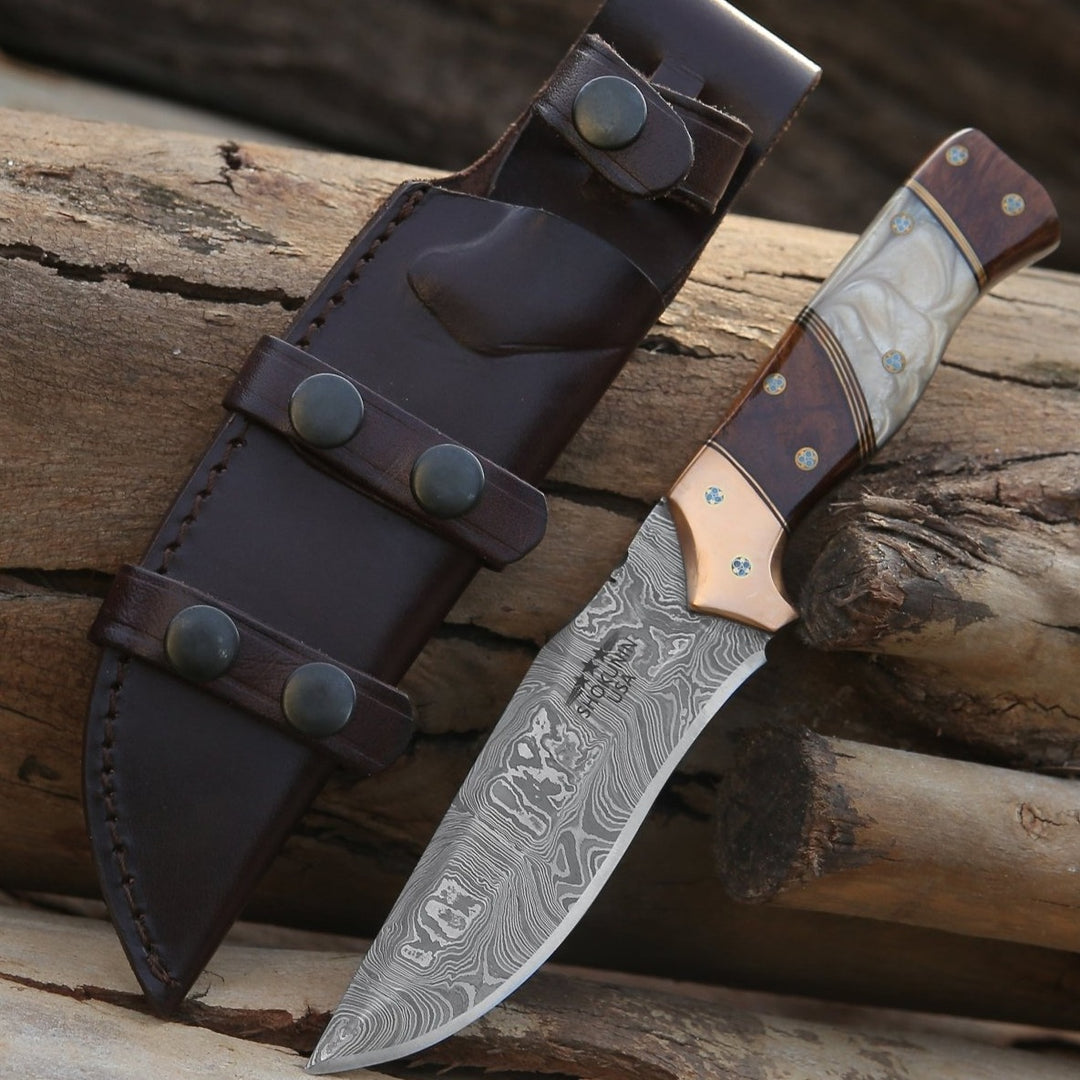
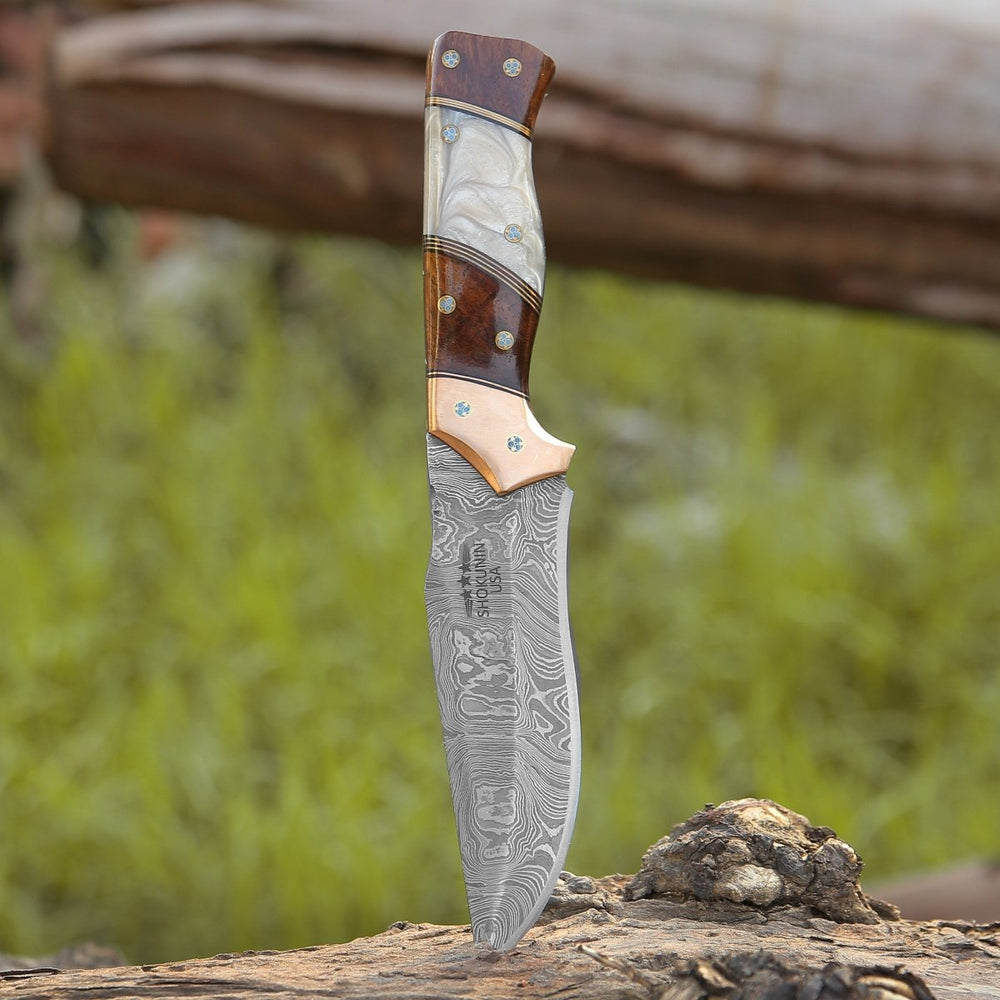
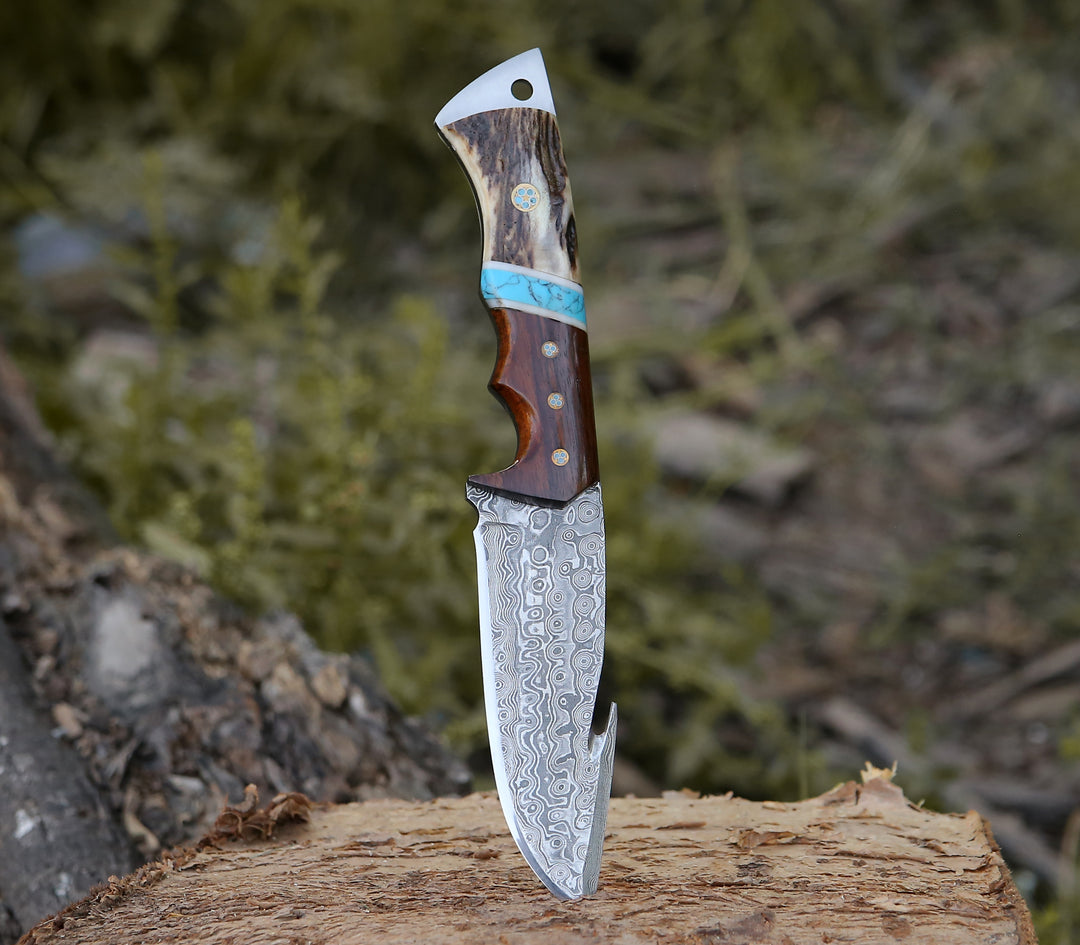
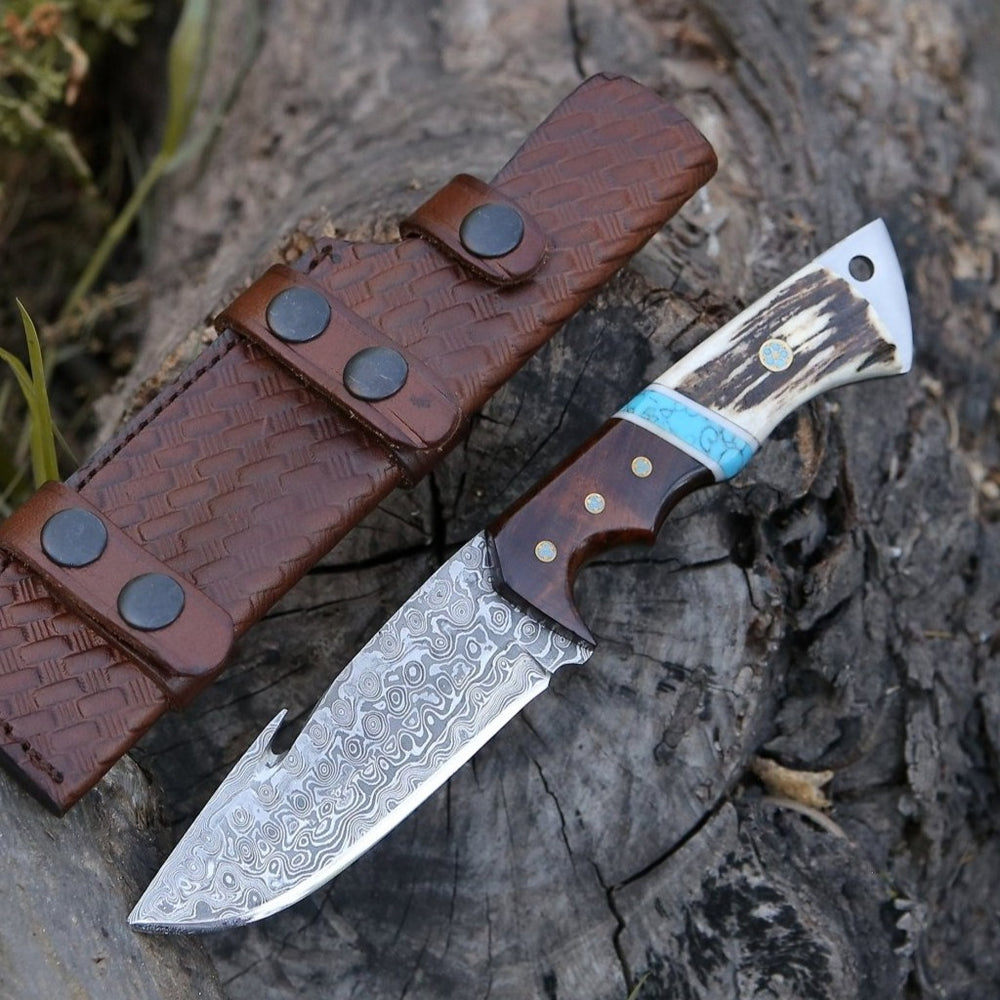

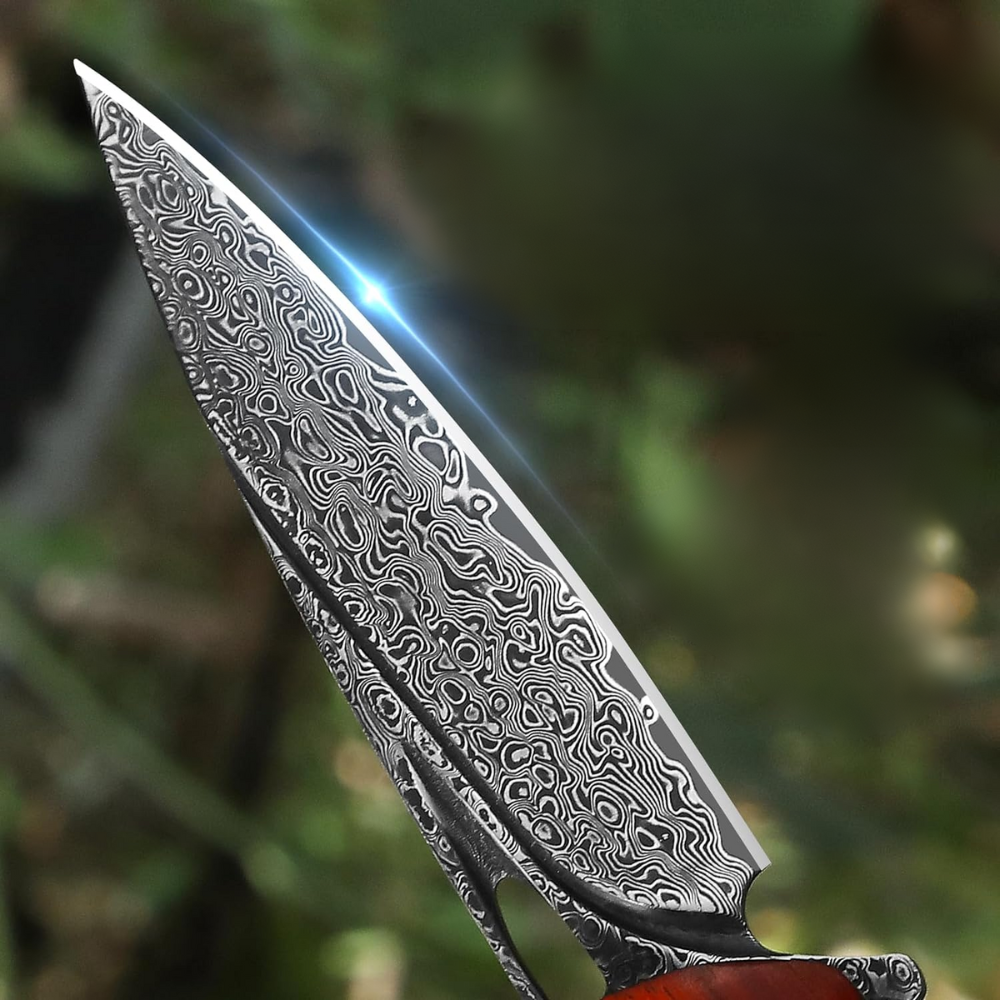
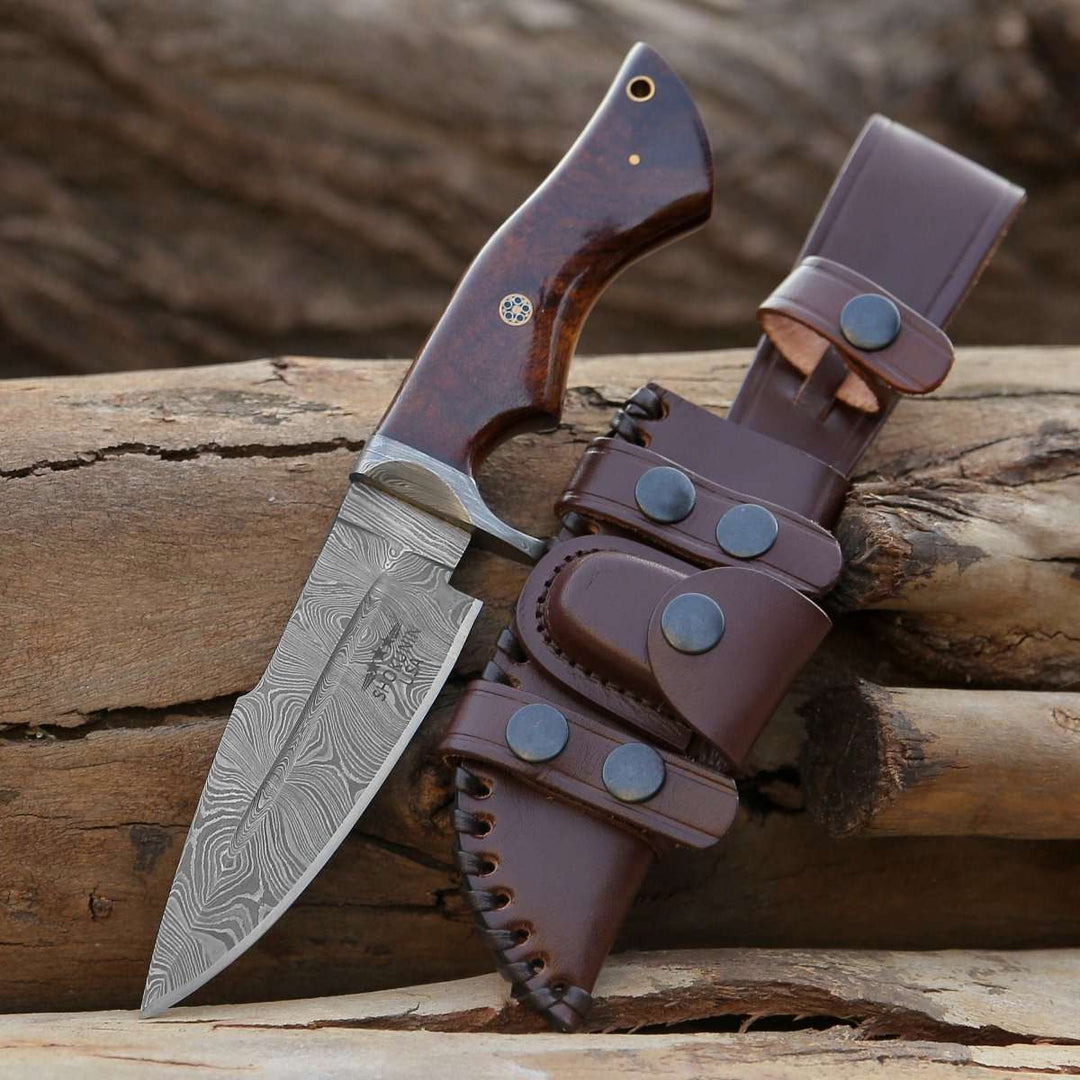

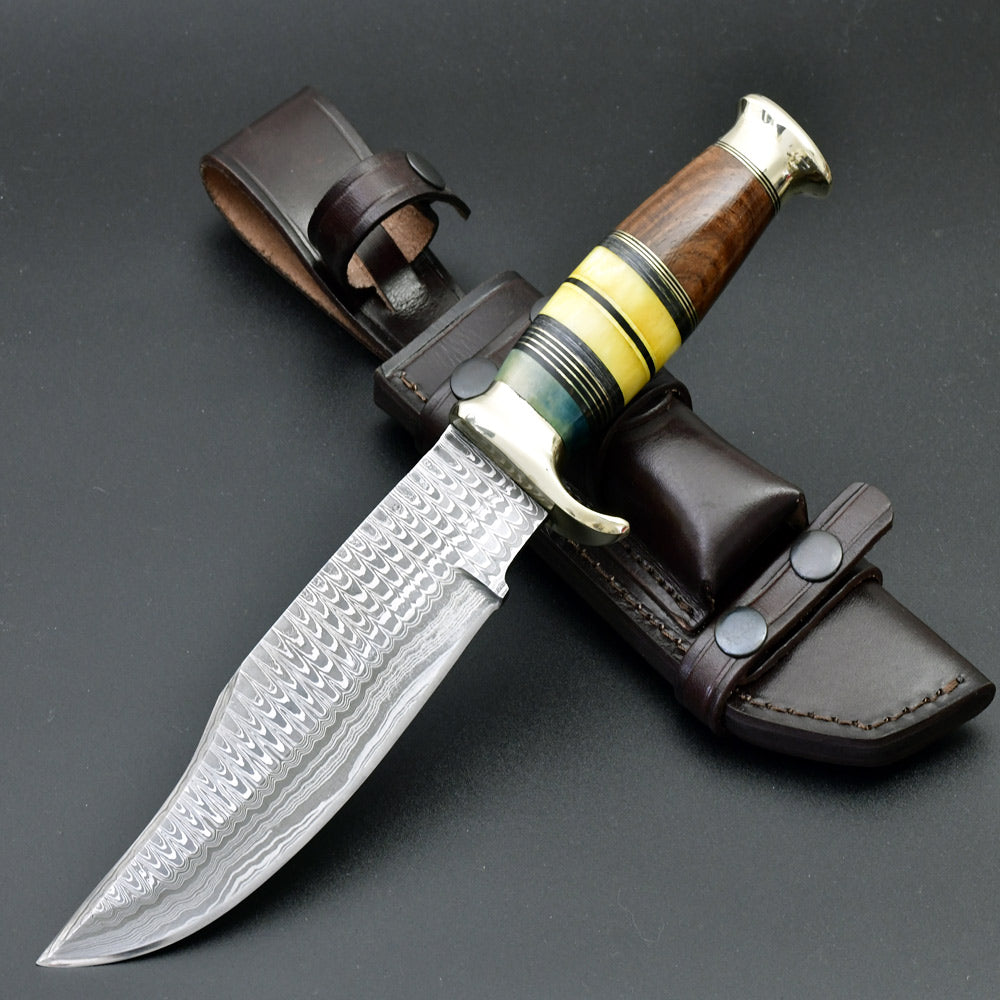
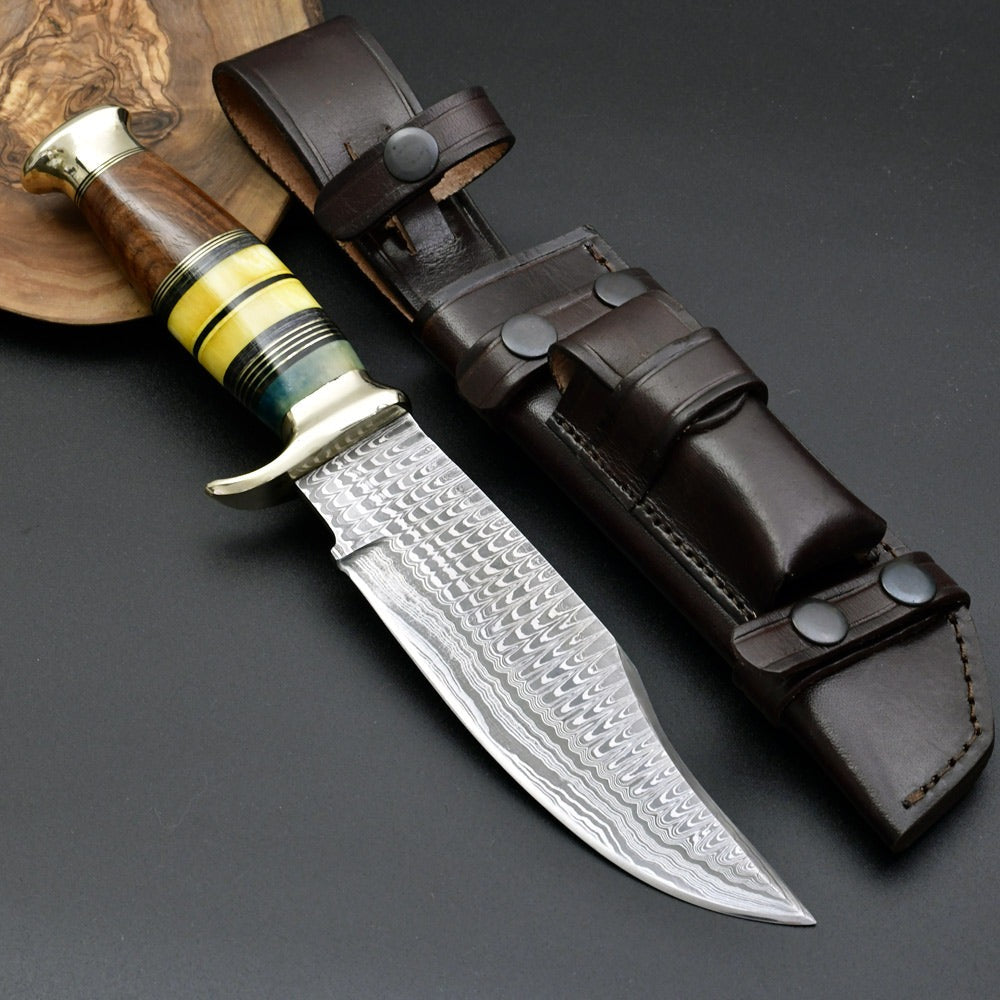
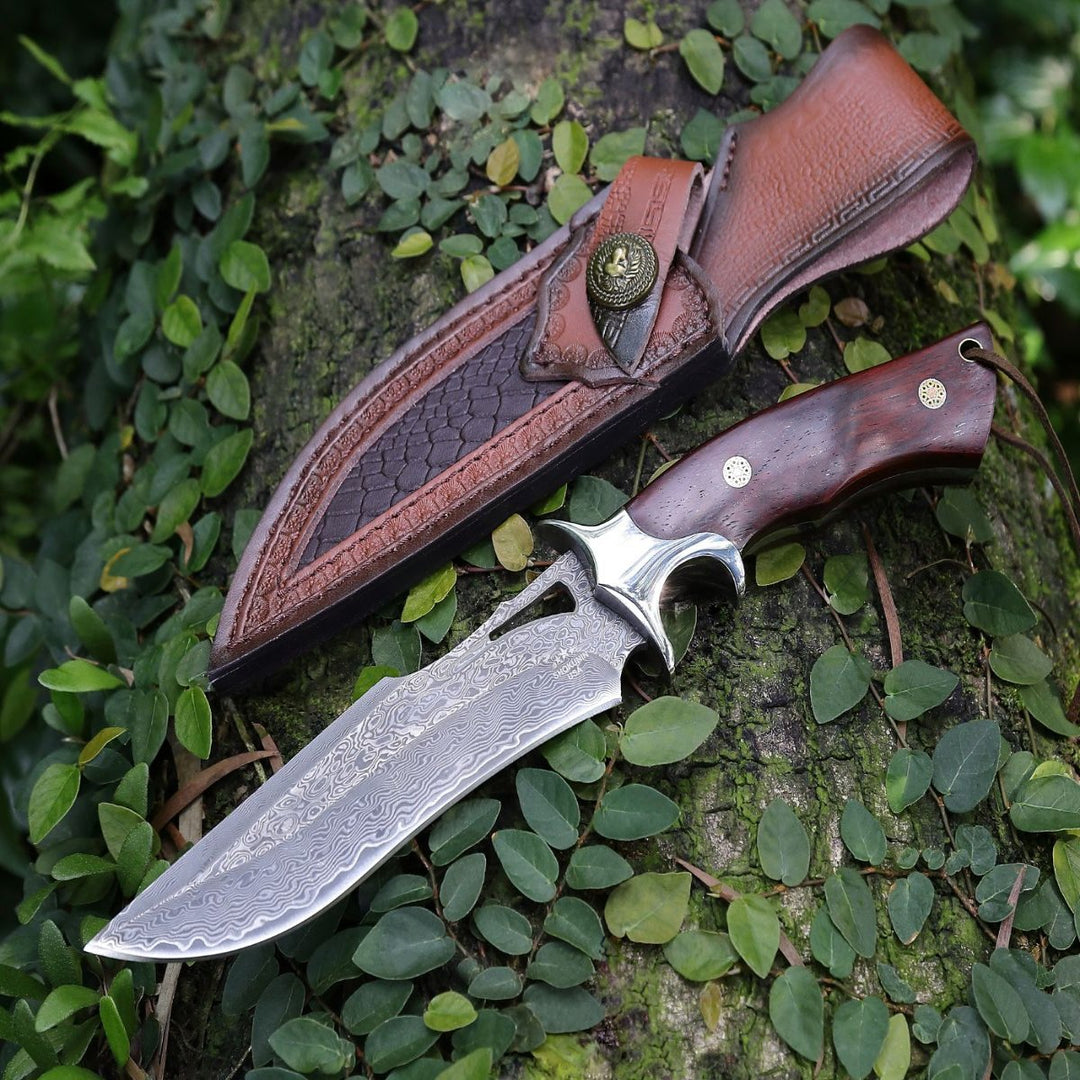
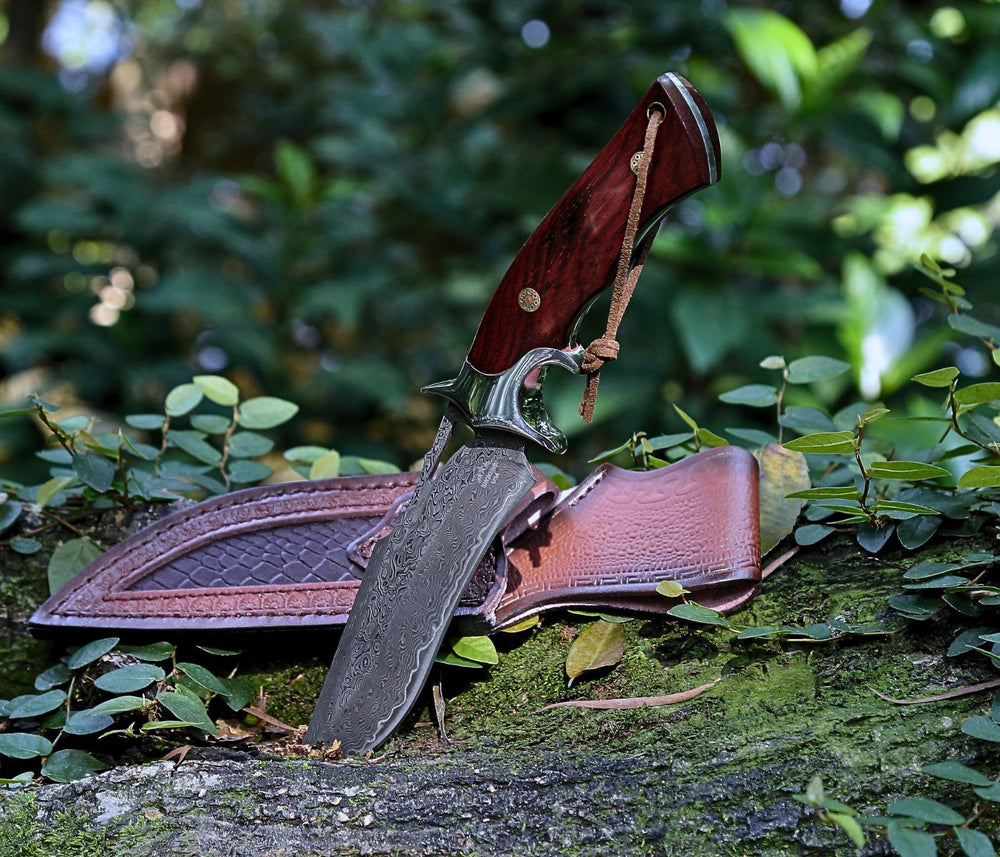
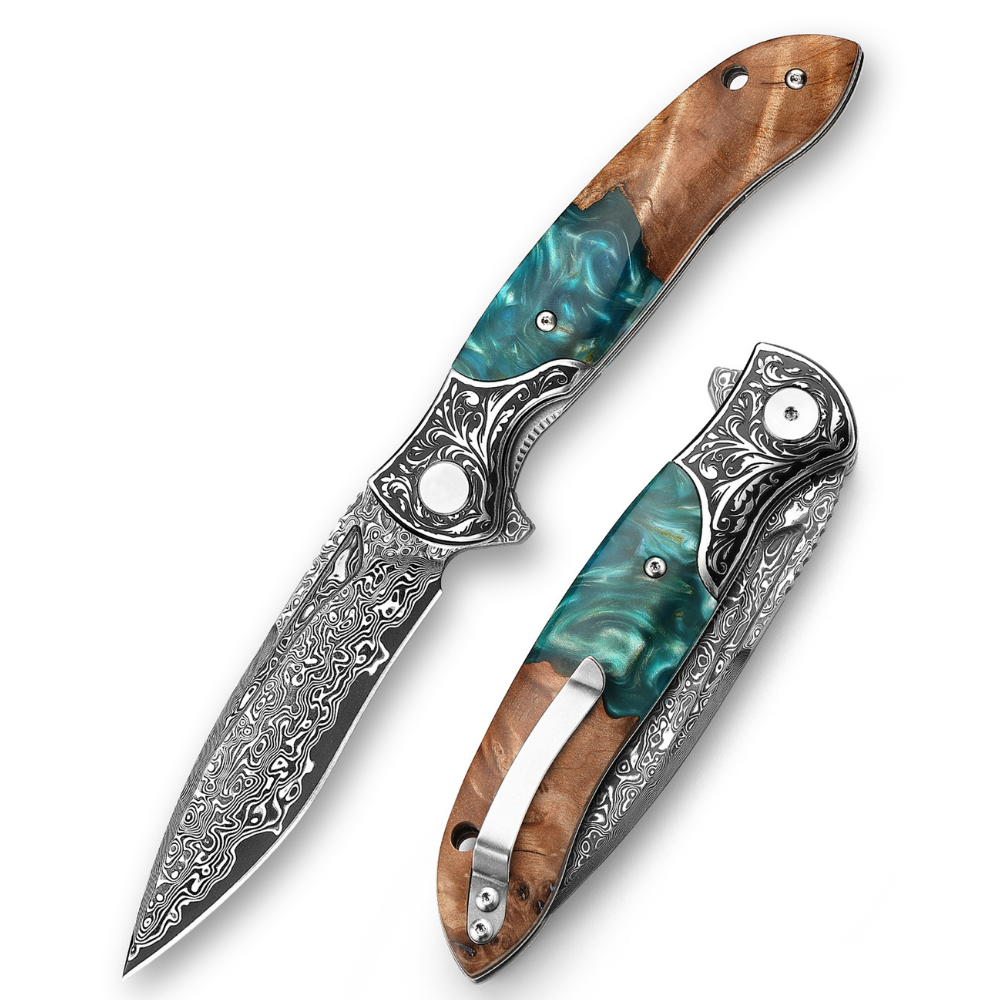
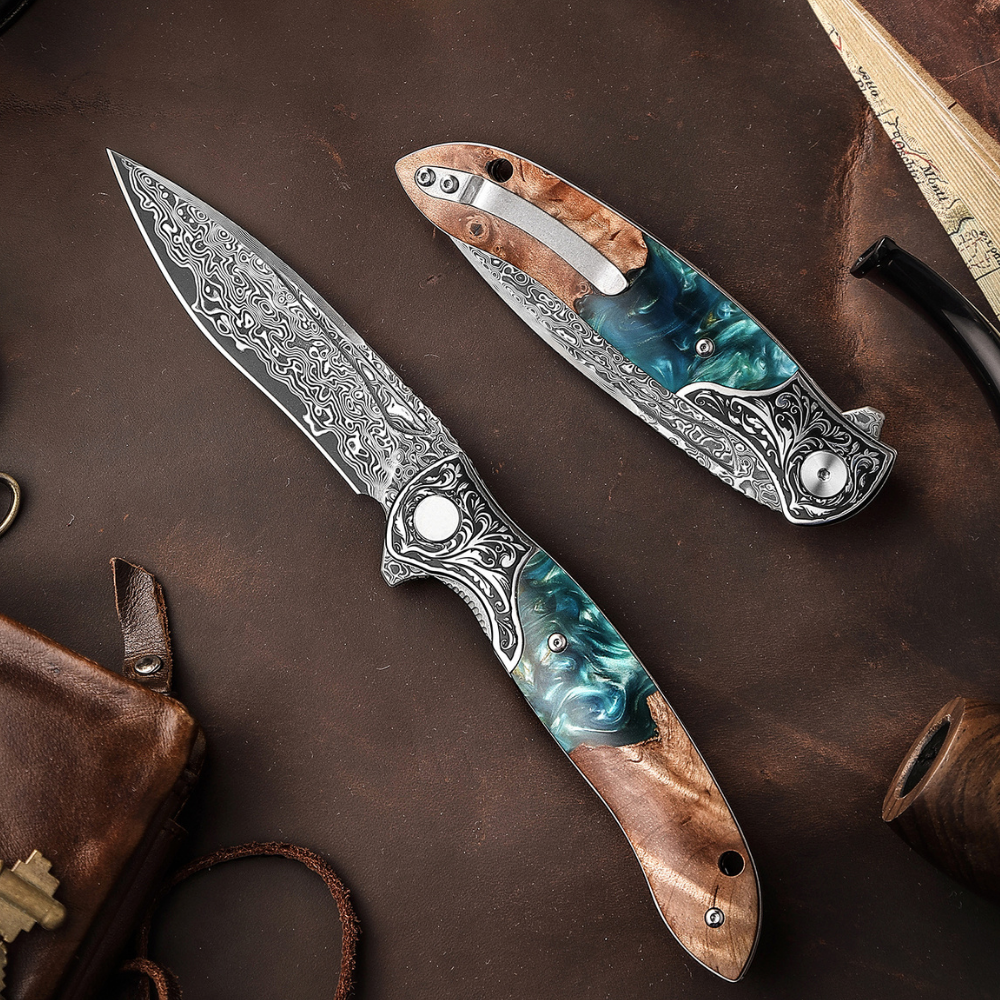
Dejar un comentario